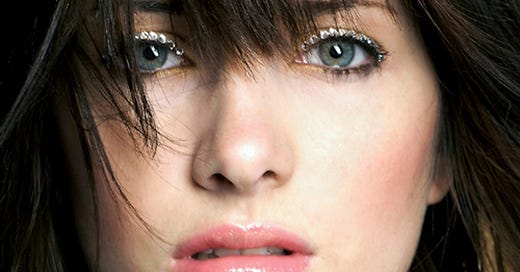Digital Darling
Susan Coffey is a shy girl from Jersey who seduced the Internet—but can she conquer the elite New York fashion world?
On an October evening in 2010, Brad from San Diego was online, looking for flesh.
He scanned through a picture-sharing forum, another repository of beauty, famed and anonymous. “This was not the first time I had looked at pretty girls on the Internet,” says Brad. “I flew through photos.”
Then, he stopped.
She wore a sleeveless gray top and black underwear with a hint of lace. The Greenwich Village sun cascaded on her mane of auburn hair. Her gaze was soft, otherworldly.
Her name was Susan Coffey.
Keep reading with a 7-day free trial
Subscribe to Narratively to keep reading this post and get 7 days of free access to the full post archives.




